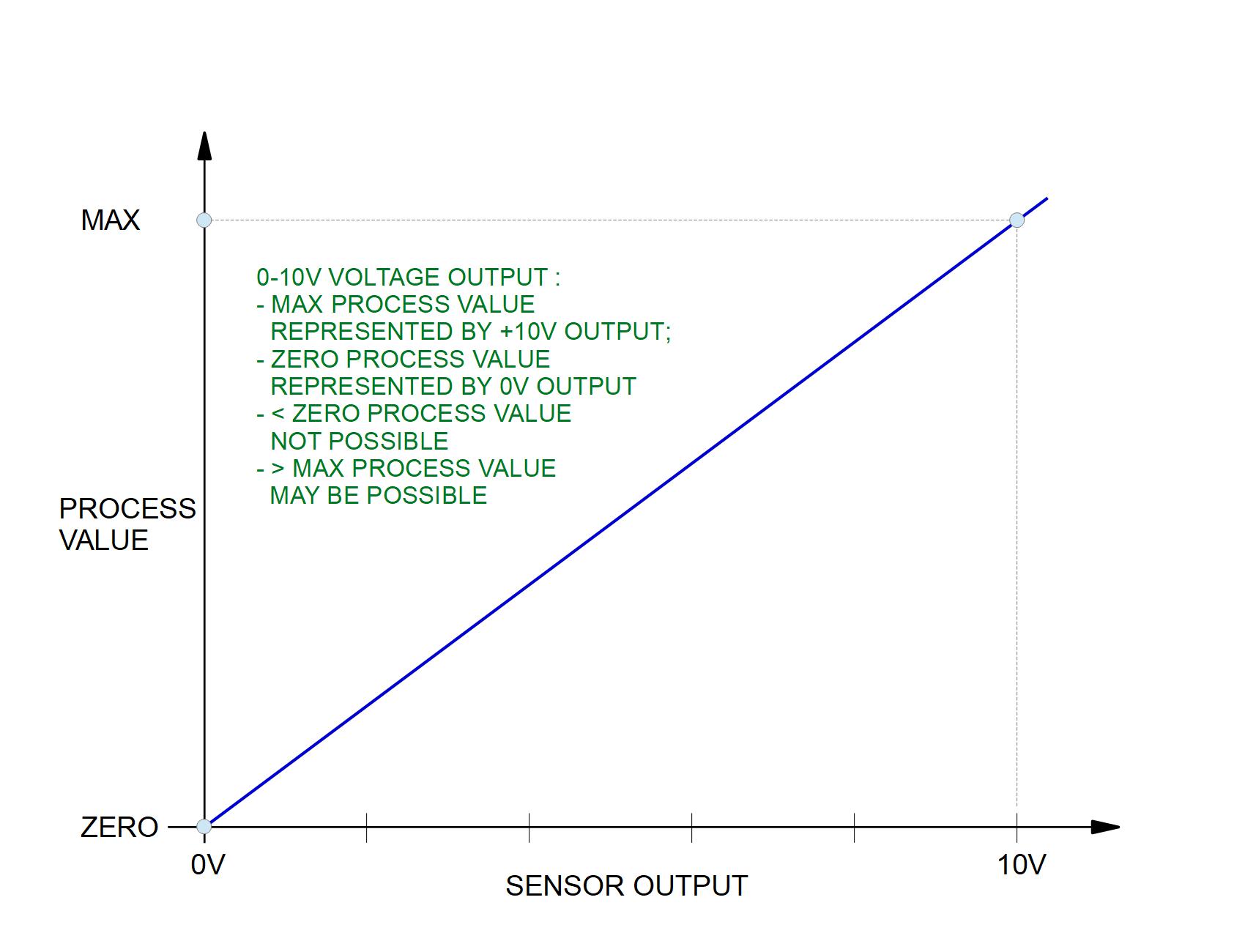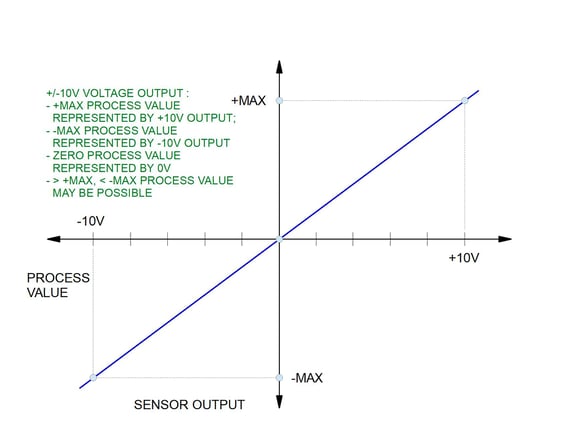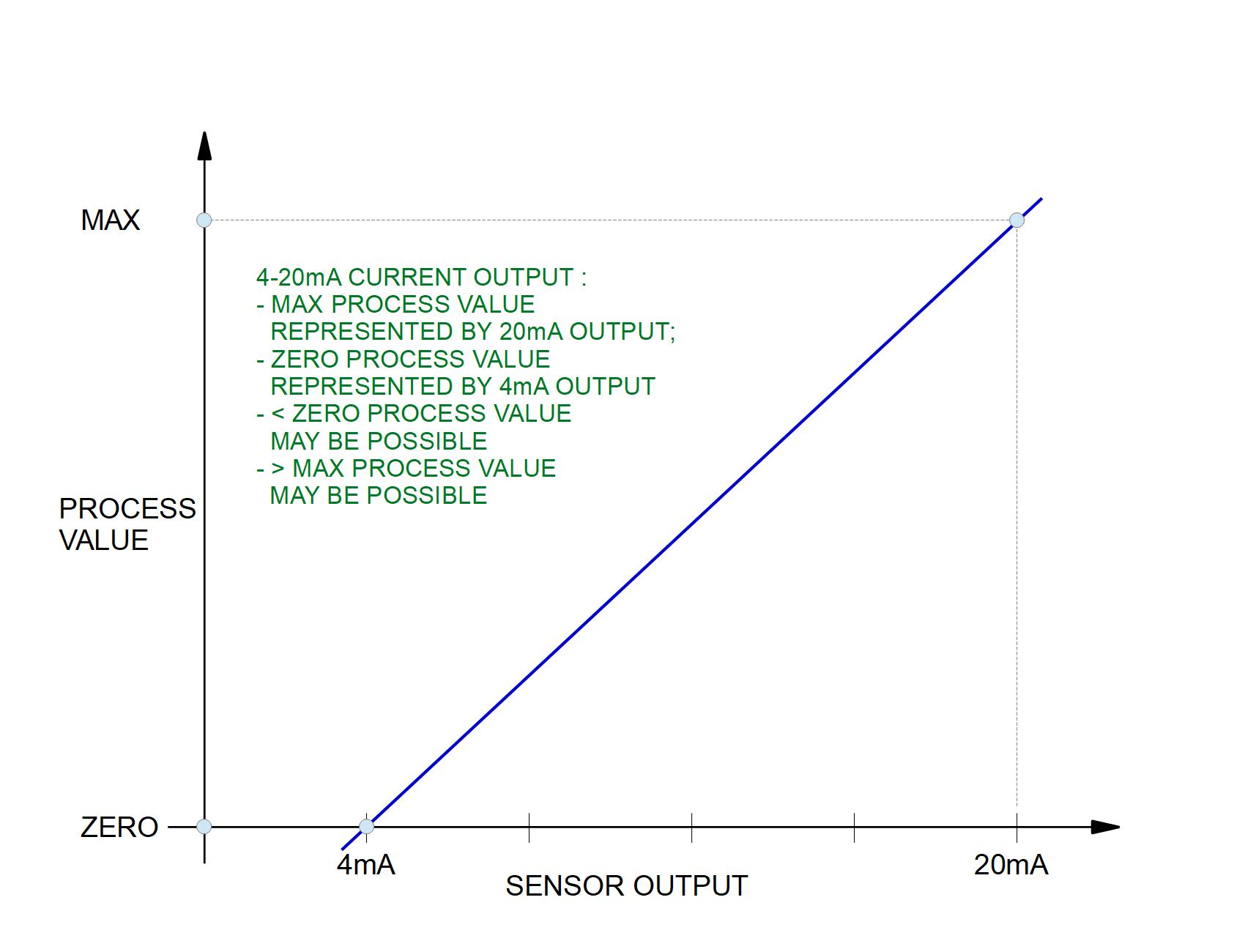+1 (317) 804-2330 | info@ballsystems.com | Blog
+1 (317) 804-2330 | info@ballsystems.com | Blog

Signal conditioning is an integral step in bringing real-world signals into the data-processing-world of test and measurement systems. Modern industrial, electrical, automotive, aerospace, and similar instrumentation equipment frequently integrate a wide variety of sensors that are intended to provide information to various computing environments. It is often necessary to pre-process the output of these sensors such that down-stream computations can reliably utilize the “raw” data. This is where signal conditioning plays a key function in the data acquisition process.
Sensors outputs are available in a wide variety of signal types and ranges, for example: voltage, current, resistance, AC, DC, high-value, low-value, frequency, just to name a few. Additionally, sensors may be isolated from the data acquisition and processing equipment by a large physical distance, operate in the presence of electromagnetic interference, be subjected to mechanical vibration, or be subjected to other external factors that induce noise in the sensor output. Proper signal conditioning is a crucial step in normalizing the data to levels that a data acquisition or processing system can tolerate and depend upon.
Typical sensors operate on the same basic principal: output a signal that is proportional to the process under observation. Two very common sensor output classifications are current and voltage. Common output ranges for voltage output class sensors are 0-10VDC, 0-5VDC, +/-10VDC, +/-5VDC.
0-10V voltage sensor transfer function

+/-10V voltage sensor transfer function
Common output levels for current output class sensors are 0-20mA and 4-20mA. Modern data acquisition equipment is plentiful which can directly interface to voltage and current sensors with output signals in these ranges. There are occasions, however, where the process under observation or external factors induce a condition that generates a measurement output outside these nominal ranges, and this is where signal conditioning comes into play.
4-20mA current sensor transfer function
When a sensor output signal is outside the range that can be easily, or perhaps even safely, interfaced to down-process equipment, various signal conditioning can be performed to normalize the level to manageable values or to generate a signal that may be directly input into measurement equipment. Some such transformations may include:
Amplification: increase the signal level; may also provide increased resolution and signal-to-noise ratio when long distance transmission is part of the operating environment. (Note, for a related topic see Load Cell Conditioning Amplifier Set-up and Calibration).
Attenuation: decrease the signal level; clamp high-frequency noise “spikes”; reduce value to enable interface with low-voltage equipment
Filtering: elimination of undesirable frequency components of a signal, or isolate specific portions of a signal in the frequency domain
Isolation: decouple the signal from the measurement and processing system, either physically or electronically; common techniques include optical isolation (optocoupler), magnetic isolation (e.g. Hall effect), and transformer isolation (typically including AC voltage conversion)
Conversion: change output types from one to another; for example, inserting a shunt resistor in series with a current source to generate a proportional voltage. This has the advantage of changing the impedance of the measurement signal channel which improves immunity to EMI.
Sensor Signal Stabilization: Provide a noise-free reference or excitation to the sensor; some sensors require a very stable power source (voltage or current).
One final consideration, signal conditioning can be a two-way street! Often the data acquisition and processing system must output a signal which itself must be conditioned to interface with equipment; in that instance, these same transformations may be necessary to ensure a smooth interface between the processing-side (computer) and the process-side (control equipment). These signals from the processing system can be transformed via these same functions to control or manage the equipment or device under test.
Ball Systems is experienced in signal conditioning techniques across a wide range of applications and equipment. We have successfully interfaced multiple types of data acquisition systems to a variety of sensors including pressure transducers, load cell amplifiers, thermocouples, rotational electronics, frequency counters, opto-electronics, electro-mechanical devices, VFD motor control, and others. For more information or to speak with an engineer regarding your specific sensor application, contact Ball Systems and we can design, implement, and deliver a custom solution to your unique situation.
Ball Systems designs, develops, and delivers custom test systems and produces comprehensive build-to-print systems for companies creating or manufacturing critical electronic or electro-mechanical components for automotive, aerospace and defense and consumer appliance applications.
Blog Comments